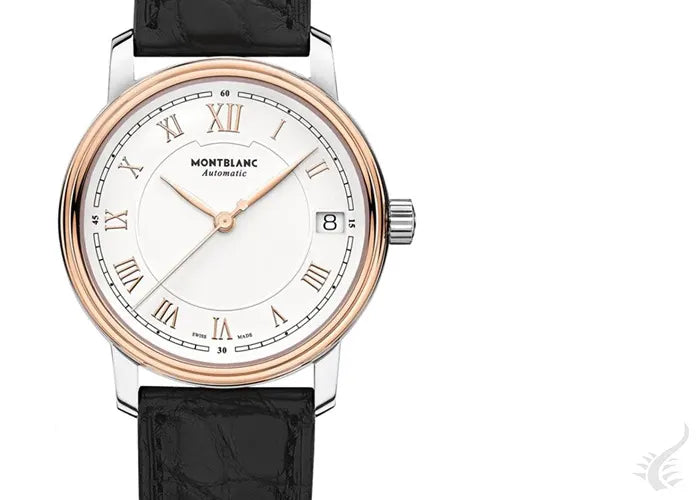Menu

0
Your Cart is Empty

Your Cart is Empty
July 08, 2021 2 min read 1 Comment
A striking fact in some watches is the way of writing the number four. Many of the most famous watches in the world use the Roman digits to indicate the hours on the dial, but the number four is written as IIII instead of IV. You can see this in our watches collection.
In this blog we explain the different theories used to explain this phenomenon:
Roman numbers come from Etruscan numeration, and before the Romans transformed this system, the number four was written as: IIII.
Rome’s supreme deity was Jupiter, spelt it in Latin as IVPPITER, this is the reason why too many people considered improper to use the initials of a God to refer just to a number, so they prefer to use the number IIII than IV.
A more modern theory involves French King Louis XIV who ordered a clock for the Palais de la Cité, nowadays La Conciergerie (Paris). When the final result was shown to the monarch he reproached the watchmaker that the correct way to write four was IIII and not IV.
Although the watchmaker pointed out that he was wrong, the monarch replied "The King is never wrong" and made him change the aesthetic of the watch.
A legend says the watchmaker was executed for his mistake, leading other colleagues to start using the number IIII in their timepieces

Montblanc Watch
Current theories maintain that the IIII instead of IV is due to an effect of visual harmony created by the symmetry between the IIII and the VIII which is located on the opposite side of the dial.
Whatever the reason, we can not overlook that the IIII is displayed in some of the most famous clocks and watchmaking brands in the world, such as Raymond Weil, Ingersoll or Frederique Constant, among others.
Find more watches in our catalogue!
Comments will be approved before showing up.
Sign up to get the latest on sales, new releases and more …
50,000+ Satisfied Customers Our expert team is here for you Monday through Saturday — online or by phone.
60+ Official Brands Each item includes an official warranty, original packaging, and a signed warranty card.
15+ Years of Experience Specialists in writing instruments, watches, and premium accessories.
100% Secure Payment 0% APR financing available and fully encrypted transactions.
Alex
July 12, 2021
Folks,
An elementary abductive inference should lead all of us to see that if instead of “IIII,” the notation “IV” were used, there would be three numerals exclusively containing the symbol “I,” five containing the symbol “V,” and four containing the symbol “X.”. Clearly, the idea is that each of the classes of numerals mentioned above contain four elements.